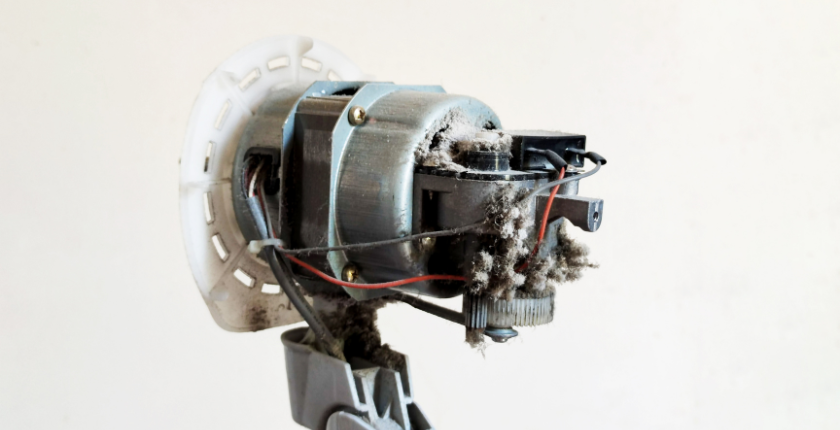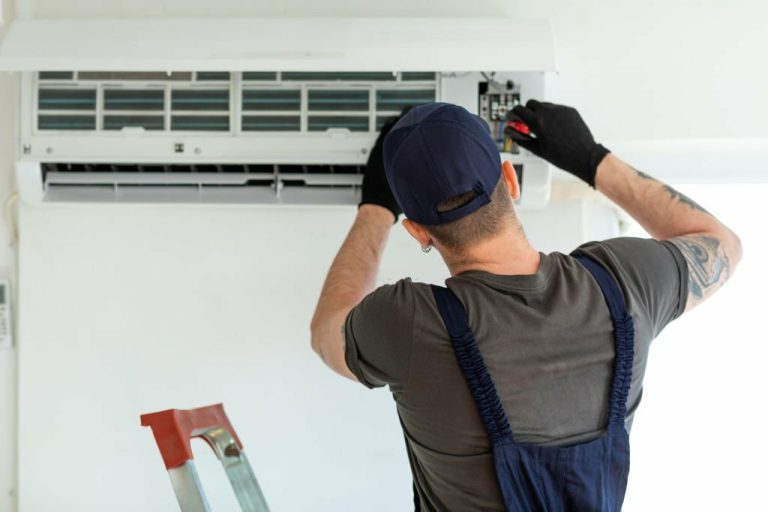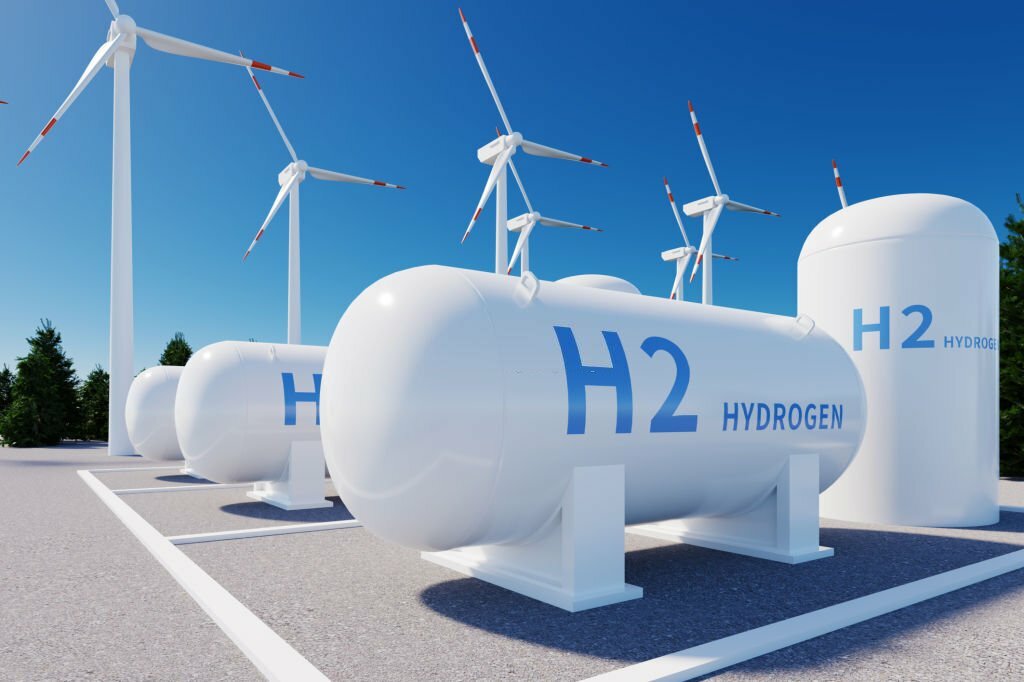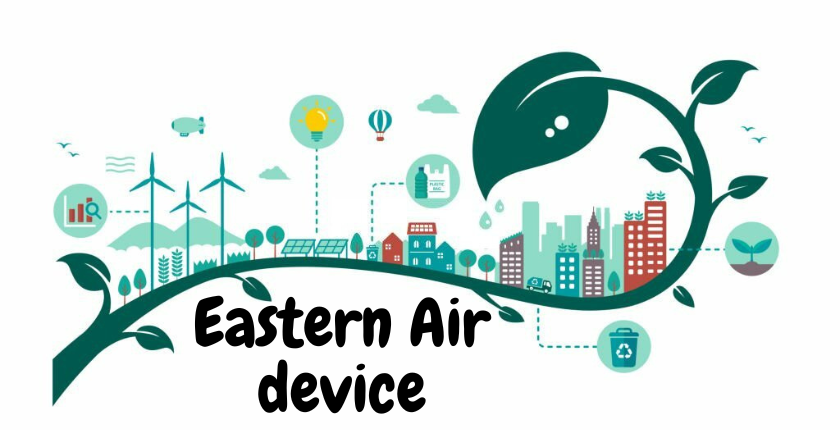Table of Contents
In this comprehensive guide, we delve into the world of Eastern Air Devices, exploring the technology, benefits, and FAQs surrounding this innovative topic.
Welcome to the world of Eastern Air Devices! If you’re curious about the latest innovations in air quality management, you’ve come to the right place. This article will take you on a journey through the fascinating realm of Eastern Air Devices, uncovering their applications, features, and advantages. Get ready to explore the technology that’s changing the way we breathe.
Understanding Eastern Air Devices
Eastern Air Devices is a cutting-edge technology designed to enhance air quality in various environments, from homes to commercial spaces. These devices utilize advanced filtration and air purification techniques to ensure that the air you breathe is clean and free from contaminants. Let’s dive deeper into what makes Eastern Air Devices a game-changer.

The Technology Behind Eastern Air Devices
Eastern Air Devices incorporate state-of-the-art filtration and purification processes. They use a combination of HEPA filters, activated carbon, and UV-C light to remove dust, allergens, bacteria, and viruses from the air. This comprehensive approach guarantees the highest air quality standards.
Benefits of Eastern Air Devices
- Improved Air Quality: Eastern Air Devices significantly enhance indoor air quality, reducing the risk of allergies and respiratory issues.
- Energy Efficiency: These devices are designed to be energy-efficient, keeping your electricity bills in check.
- Quiet Operation: Say goodbye to noisy air purifiers; Eastern Air Devices operate quietly, ensuring a peaceful environment.
- Eco-Friendly: With their efficient filtration systems, they contribute to a greener planet.

Applications of Eastern Air Devices
Eastern Air Devices find applications in a wide range of settings, such as:
- Residential Use: Ideal for homes, they create a healthy environment for you and your family.
- Commercial Spaces: Offices, schools, and hospitals benefit from these devices, ensuring a safe and clean atmosphere.
- Industrial Settings: Eastern Air Devices can even be employed in industrial areas to maintain air quality standards.
Choosing the Right Eastern Air Device
Selecting the appropriate Eastern Air Device is crucial. Consider factors like room size, filtration needs, and specific concerns, such as allergies or smoke removal. Consult the manufacturer’s guidelines to make an informed decision.
Related post to read about Roast Sirloin Tip Slow Cooker

FAQs
How Often Should I Replace Filters?
Filter replacement frequency varies depending on usage. It’s advisable to follow the manufacturer’s recommendations, but a general guideline is to replace filters every 6 to 12 months.
Can Eastern Air Devices Remove Allergens?
Yes, Eastern Air Devices are highly effective at removing allergens like pollen, pet dander, and dust mites, helping allergy sufferers breathe easier.
Are Eastern Air Devices Eco-Friendly?
Absolutely! These devices are designed with energy efficiency in mind, reducing your carbon footprint and contributing to a cleaner environment.
Do Eastern Air Devices Eliminate Viruses?
Eastern Air Devices equipped with UV-C light technology can effectively eliminate viruses, making them an excellent choice for maintaining a healthy indoor environment.
Are They Easy to Maintain?
Maintaining Eastern Air Devices is straightforward. Regular filter replacement and occasional cleaning of the unit ensure optimal performance.
Conclusion
Eastern Air Devices are at the forefront of improving air quality, making them an essential addition to homes, offices, and various other spaces. With their advanced technology and numerous benefits, these devices are transforming the way we experience clean, fresh air. Take a step towards a healthier lifestyle by considering Eastern Air Devices for your indoor spaces.

